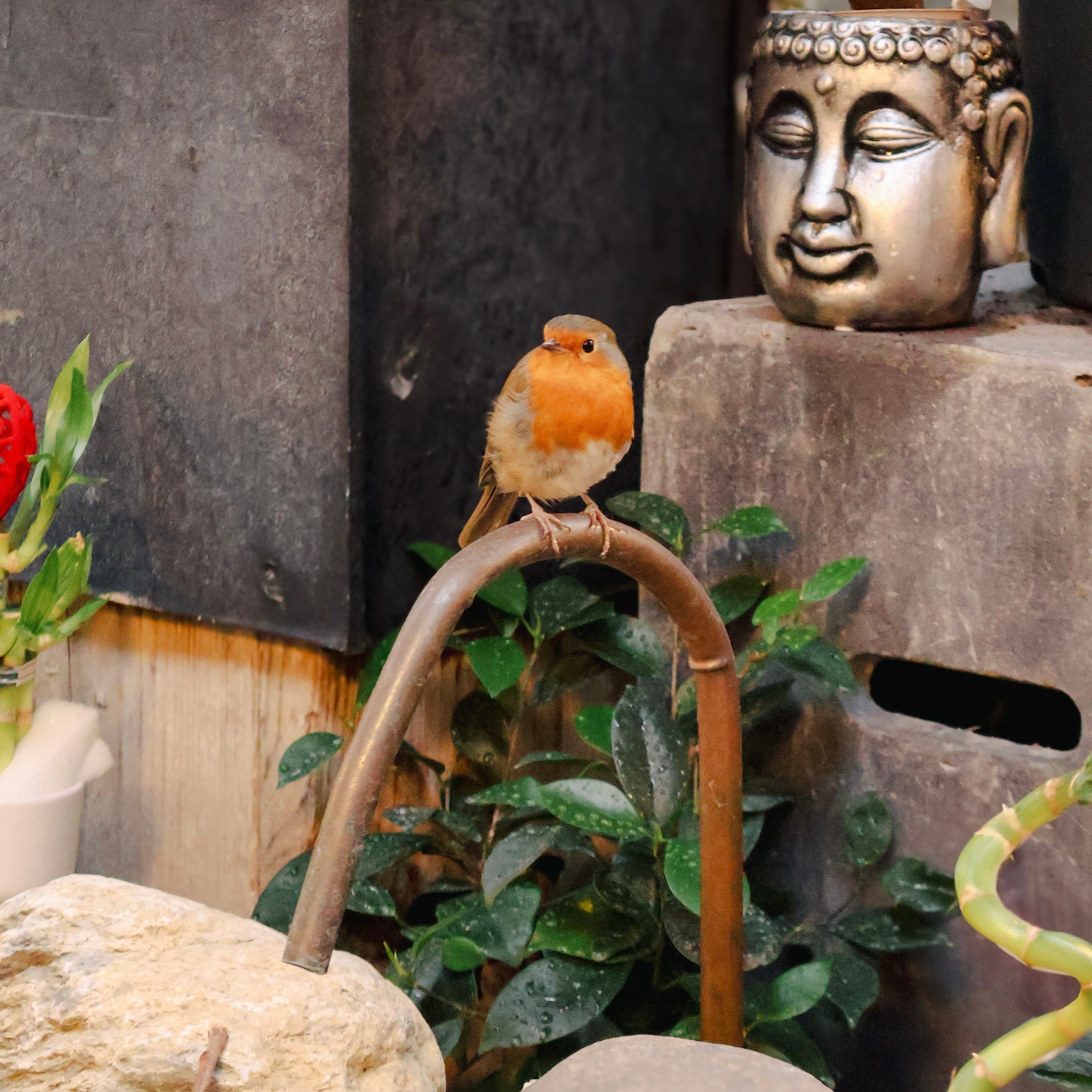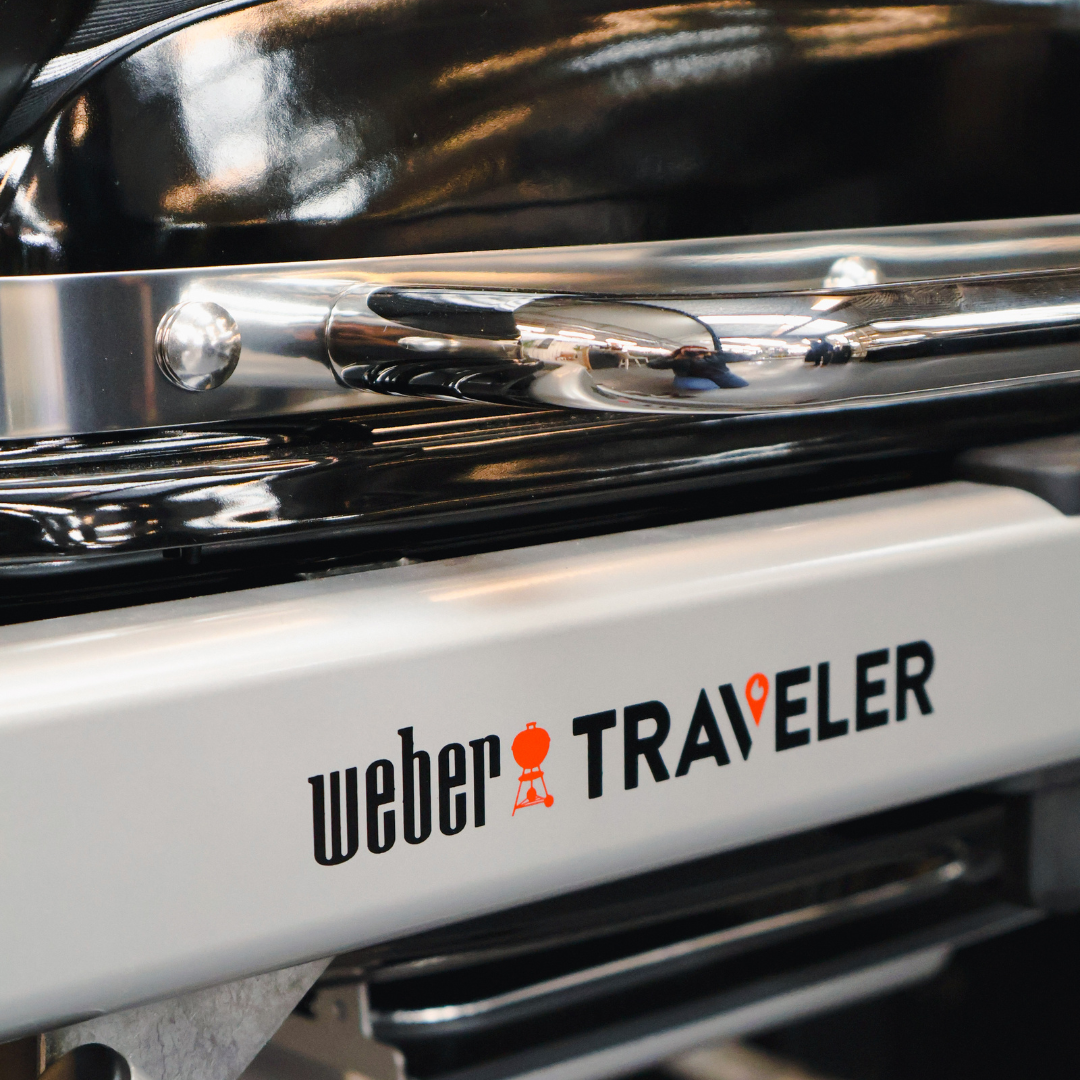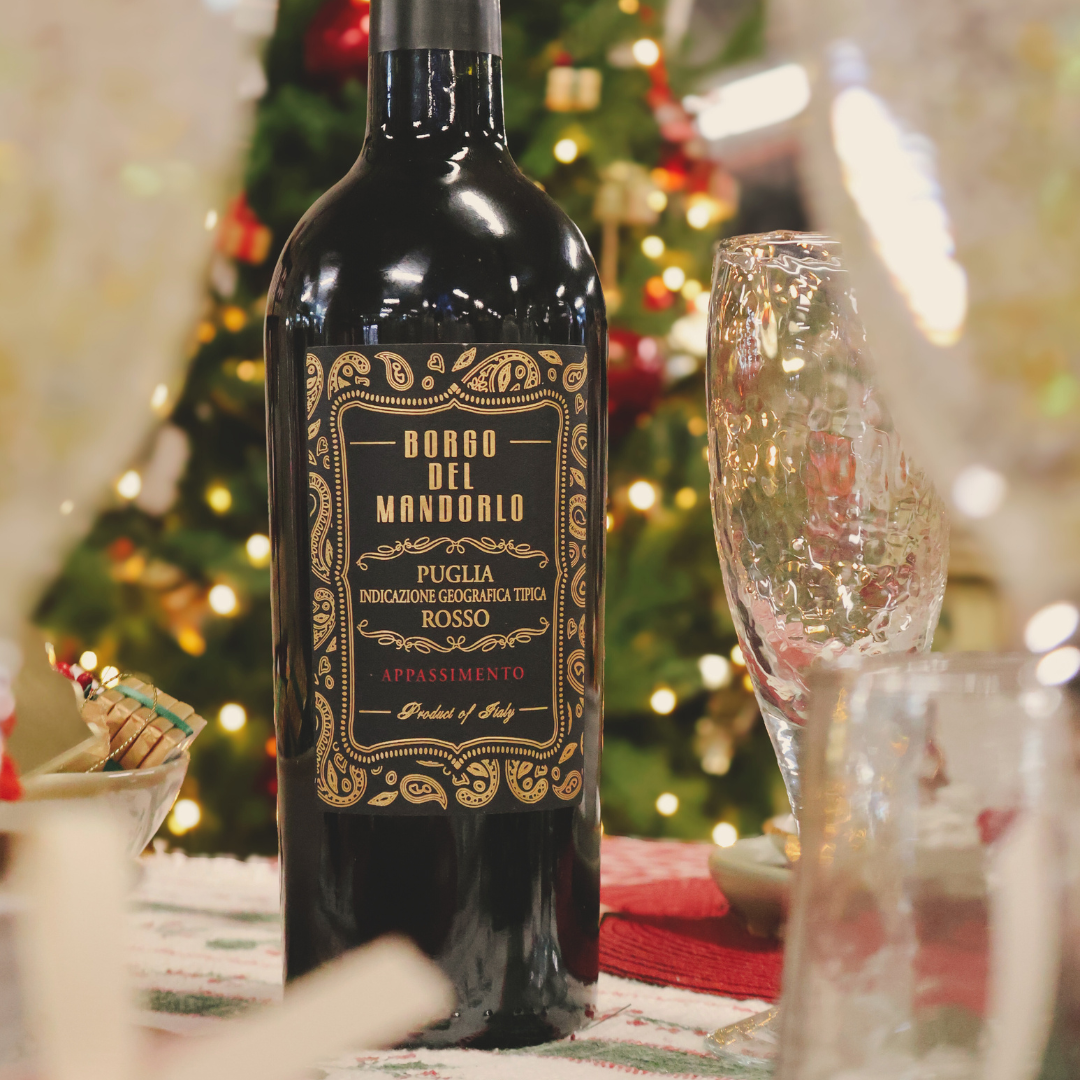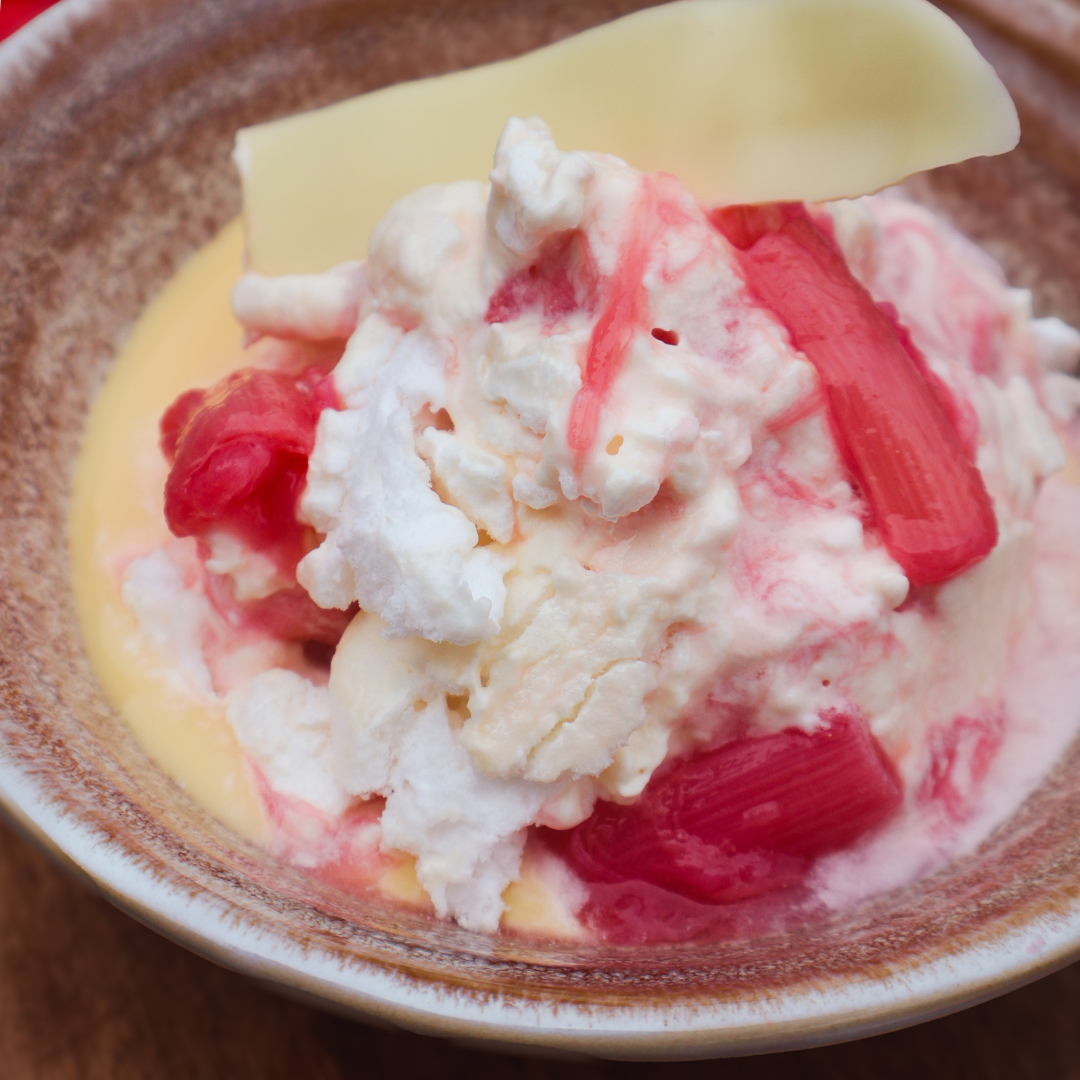Bird Nesting Week 2025: How to Help Our Feathered Friends

Bird Nesting Week is taking place from 14th till the 21st of February 2025. It is a great time to focus on supporting local bird populations as they begin to prepare for nesting season. This week is an opportunity to raise awareness about how we can help create a safe, nurturing environment for birds to build their homes, lay eggs, and raise their young. Whether you’re a seasoned bird enthusiast or just starting to enjoy birdwatching, there are simple ways to make a real difference in the lives of our feathered friends.
Here’s everything you can do to support birds during Bird Nesting Week 2025!
1. Provide Nesting Materials
Many birds, like robins, blackbirds, and sparrows, need a variety of materials to build their nests. By offering a selection of natural materials, you can help them create strong, comfortable homes for their eggs.
What you can offer:
Twigs, small branches, and dry leaves: Birds love using these materials for the main structure of their nests.
Straw, moss, or grass clippings: These materials can help line the interior of the nest.
Hair or fur: If you have pets, hair from dogs or cats can be a valuable material (just ensure it’s clean and free from chemicals).
Cotton fluff: If you have any, you can put it out in a mesh bag for birds to use. Make sure it’s not treated with any synthetic chemicals.
Tip: Create a “nests station” in your yard by placing these materials in a shallow container or hanging them in mesh bags from trees. Make sure the materials are easily accessible, but not too close to where predators might lurk.

2. Put Up a Nesting Box
A well-placed nesting box can provide a safe and secure space for birds to build their nests. Many species, such as blue tits, robins, and sparrows, prefer to nest in boxes, especially when natural nesting sites like tree cavities are limited.
What to do:
Choose the right box: Different bird species require different sized boxes, so make sure to choose one that suits the birds in your area. A smaller hole (around 25mm) will attract blue tits, while a larger one (around 32mm) will attract great tits and house sparrows.
Position the box: Install your bird box in a quiet, sheltered spot, ideally around 1.5 to 2 meters off the ground. Make sure the entrance hole faces away from prevailing winds and direct sunlight.
Clean it out: If you’ve had a box in use in the previous year, take some time to clean it out before the new nesting season begins. This will remove any parasites or old nests that could harm the birds.

3. Plant a Bird-Friendly Garden
A bird-friendly garden is one that provides both food and shelter. Creating a space full of native plants can offer birds the natural resources they need to thrive during nesting season.
What you can plant:
Shrubs and trees: These provide shelter and safe spaces for birds to hide from predators. Consider planting native shrubs like hawthorn, elderberry, and holly that can also offer berries later in the year.
Flowers: Many flowers produce seeds or attract insects, which are an excellent food source for birds. Sunflowers, lavender, and coneflowers are particularly good options.
Climbers: Ivy, honeysuckle, and wisteria are great for providing cover and shelter, especially for smaller birds like wrens.
Tip: If you don’t have much space, you can still create a bird-friendly environment by adding window boxes or hanging baskets with plants that offer food and shelter.

4. Provide Fresh Water
Birds need water for drinking and bathing, especially during nesting season. A clean water source is essential for their survival and will help keep them hydrated as they work hard building nests and caring for their young.
What to do:
Place birdbaths in your garden or on your balcony. Ensure the water is shallow enough for small birds to bathe safely.
Keep the water clean: Change the water regularly to prevent the build up of algae and bacteria.
Add stones: If you have a deep birdbath, you can add small pebbles or stones to the bottom to provide a shallow space where birds can safely drink.

5. Minimize Pesticides and Chemicals
Using chemicals in your garden can be harmful to birds, particularly during the nesting season. Avoid pesticides, herbicides, and chemical fertilizers in favour of organic alternatives. These chemicals can contaminate the environment, disrupt the food chain, and even harm the birds directly.
What you can do:
Use natural pest control methods, such as introducing ladybugs or companion planting, to keep pests at bay without the use of harmful chemicals.
Opt for organic fertilizers that won’t harm wildlife.
6. Create a Safe, Quiet Space
Birds need peace and quiet to feel secure while building their nests. Loud noises, heavy traffic, or disturbances from pets can make it difficult for birds to find a safe space to nest.
What to do:
Provide shelter: Dense hedgerows, shrubs, and small trees offer birds the protection they need from predators and the elements.
Limit disturbances: If possible, minimize human activity around nesting areas during this crucial time, especially early in the morning when many birds are building nests.
7. Encourage Birdwatching
Birdwatching is a wonderful way to connect with nature and appreciate the beauty of birds in your garden. By encouraging your family, friends, and community to get involved in Bird Nesting Week, you can raise awareness about the importance of protecting nesting birds.
What to do:
Create a birdwatching schedule: Organize a birdwatching session with your family or local community to spot nesting birds. This is a fun way to learn more about local bird species and their nesting habits.
Document and share: Share what you observe on social media, or keep a journal of the different species you see. This helps raise awareness and encourages others to take action.
Bird Nesting Week 2025 is the perfect time to start supporting our feathered friends as they prepare for nesting season. By offering nesting materials, planting a bird-friendly garden, providing clean water, and creating a quiet and safe environment, you can help make a real difference for birds this spring. Let’s all do our part to ensure that birds have the resources they need to thrive—after all, their success is essential for our ecosystem!




